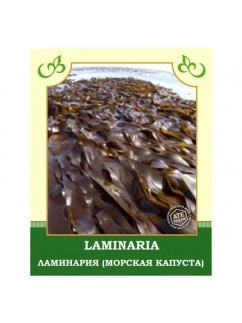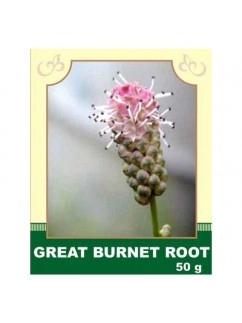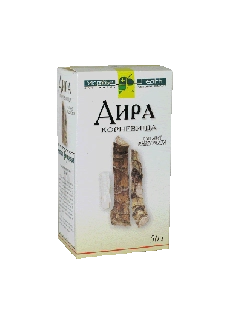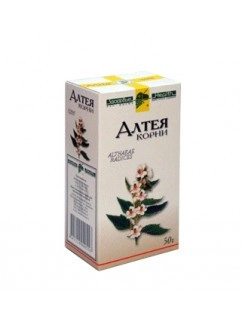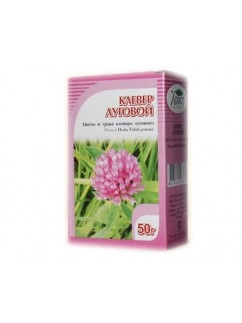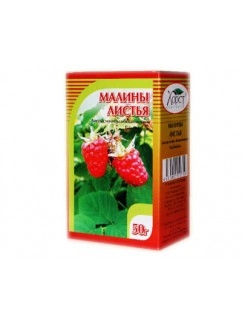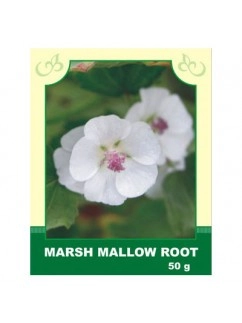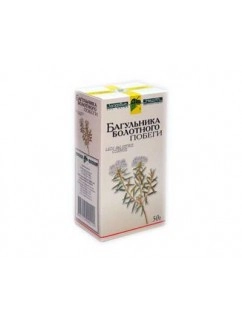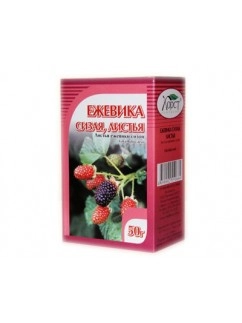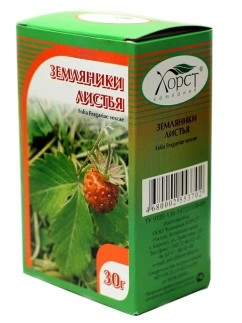Herbs
Internally, bladderwrack is taken for the treatment and prevention of atherosclerosis and mild thyroid diseases. It is also used for constipation, acute and chronic enterocolitis, proctitis, and hemorrhoids. Bladderwrack can completely eliminate sexual dysfunctions such as female inflammation and impotence in men.
Method of consumption and dosage: Take 1 teaspoon of powder 2-3 times a day, washing it down with water.
Contraindications: individual intolerance, nephritis, tendency to bleeding, tuberculosis of the lungs, urticaria, during pregnancy, and in other cases when iodine consumption is not recommended.
$6.99Internally, it is taken as a binding, hemostatic, anti-inflammatory, analgesic, and bactericidal agent for inflammations of the mucous membranes, significant disorders of the functional activity of the stomach, intestines, diarrhea, hemorrhoids, uterine bleeding, and inflammatory skin processes. Steamed crushed roots are used for poultices in boils and leg ulcers.
Method of application and dosage: Pour 2 tablespoons of raw material into 200 ml of boiling water, heat on a water bath with a closed lid for 30 minutes, infuse for 10 minutes at room temperature. Strain and take 1 tablespoon 5-6 times a day.
Externally, steamed crushed roots are used for poultices in boils and leg ulcers. For douching, which is carried out 1-2 times a day, the decoction is diluted with warm boiled water (take 100 ml of the decoction for 900 ml of water). For leg ulcers, thrombophlebitis, make compresses from the plant's tincture on 20% alcohol. Rinse children's eyes with a decoction and make compresses for conjunctivitis.
Contraindications: individual intolerance.
$6.99- Calamus comes from China and India. In his books Hippocrates wrote about extraordinary properties of this plant. Nowadays Calamus root is widely used throughout the world. The plant consists of ascorbic acid, starch, gum, volatile oil, tannins etc. Calamus Root is an aromatic stimulant that has been used for centuries in many cultures mainly for digestive complaints. It is considered to benefit digestion, increase the appetite and ease dyspepsia and stomach cramps. The herb is thought to relieve the discomfort of flatulence, as well as check the growth of the bacteria which gives rise to it. The root is considered a stimulant, carminative, hypotensive, tonic, bitter, and aromatic.$7.99
- The properties of Marshmallow are anti-inflammatory and coating. Marshmallow also helps to boost the immunity at cellular level. Marshmallow is used internally to treat inflammation and ulceration of the digestive tract, oral and pharyngeal mucosa with associated dry cough. It relieves irritation of the mucus membranes of the mouth, throat and gastrointestinal tract and helps with respiratory complaints including bronchitis and asthma. The polysaccharides form a protective film over inflamed and irritated mucosal tissue. Marsh Mallow Root is often used for eyes inflammations as a wash.$6.99
Internally, it is taken as an expectorant for upper respiratory tract diseases; as an effective remedy for treating bronchial asthma, anemia, cystitis, dysmenorrhea, and chronic rheumatism; as a diuretic for edema of cardiac and renal origin.
Method of application and dosage: Steep 3 teaspoons of crushed dry inflorescences in 250 ml of boiling water, infuse for 1 hour. Strain and take 1/4 cup 4 times a day 20 minutes before meals. To prepare the tincture, take 40 g of dry inflorescences and pour 500 ml of 40% vodka. Infuse for 10 days in a dark place, strain, and take 20 ml before lunch or bedtime.
Externally, meadow clover is applied as poultices, decoctions, and infusions for abscesses, burns, and joint pain.
Contraindications: individual intolerance and high blood pressure.
$7.99- The leaves of the raspberry plant have been used as a medicinal herb for centuries. The use of this herb dates back to the sixth century and its benefits in childbirth have been recorded as a proven aid in maternity in the most ancient of herbal books. The leaves contain high concentrations of several vitamins and minerals. Vitamin C and vitamin E are present in large amounts as well as Vitamin A and some B Complex. Increased Vitamin A intake in the form of the carotenoids of red raspberry leaf can aid the women immune system as well as facilitate healthy skin and bone development for the baby. Vitamin E serves to promote better circulation in the mother who is dramatically increasing her blood volume during pregnancy. The Red raspberry leaf also contains many essential minerals such as phosphorus, potassium, and an easily assimilated form of calcium. Raspberry leaf tea also acts as an astringent on irritated skin.$5.99
Internally, it is taken as an expectorant, anti-inflammatory, and enveloping agent for bronchitis and bronchial asthma, gastritis, colitis, stomach ulcers, and duodenal ulcers; for inflammation of the bladder and urinary incontinence.
Method of application and dosage: The infusion is prepared by the cold method: 6-8 g of crushed root are infused in cold water for an hour, strained, and sweetened with sugar or honey. Take 20 g every 2 hours.
External use: used for gargling and lavage in inflammations of the mucous membranes of the mouth, angina, stomatitis, and on the genital organs.
Contraindications: individual intolerance.
$6.99Internally, it is used for headaches and cardiac discomfort, acute and chronic bronchitis, bronchial asthma, whooping cough, and enterocolitis.
Method of application and dosage: To prepare an infusion, take 6 g of water avens, pour 180 ml of boiling water, infuse on a water bath for 15 minutes, cool for 45 minutes, strain. Take 2 tablespoons 3-4 times a day. For a decoction, take 10 g of water avens, pour 200 ml of boiling water, infuse on a water bath for 30 minutes, cool for 10 minutes, strain, bring to 200 ml. Take 2 tablespoons 3 times a day after meals.
Externally, it is used as compresses and rubs for myositis, neuritis, and joint diseases.
Contraindications: Individual intolerance. The plant is poisonous! Overdose during preparation and consumption of the decoction is not allowed! Consult with a specialist before use.
$6.99Blackberry Leaf in Medicine
Blackberry leaf, derived from the popular blackberry plant, has been used for centuries in natural medicine for its numerous health benefits. From treating diarrhea and inflammation to boosting the immune system, blackberry leaf has gained recognition for its medicinal properties.
Anti-Inflammatory Properties
Blackberry leaf is known for its anti-inflammatory properties, making it a popular remedy for treating inflammation in the body. Whether it's joint pain, sore muscles, or digestive issues, blackberry leaf can help alleviate the discomfort associated with inflammation.
Diarrhea Relief
One of the most well-known uses of blackberry leaf is its ability to treat diarrhea. The astringent properties of blackberry leaf can help to reduce the frequency and severity of diarrhea, providing much-needed relief to those suffering from this common ailment.
Immune Boosting
The high content of antioxidants in blackberry leaf makes it a powerful immune-boosting herb. Regular consumption of blackberry leaf tea or supplements can help strengthen the immune system, making the body more resilient to infections and illnesses.
How to Use Blackberry Leaf
Blackberry leaf can be used in a variety of ways, including brewing a soothing tea, creating a tincture, or using it in a topical application for skin conditions. For those interested in reaping the benefits of blackberry leaf, it's important to consult with a healthcare professional to ensure safe and appropriate usage.
Conclusion
Blackberry leaf is a versatile and powerful herb that has been used in traditional medicine for generations. With its anti-inflammatory, diarrhea-relieving, and immune-boosting properties, blackberry leaf is a valuable addition to any natural medicine cabinet.
$7.99Internally, a watery infusion of the leaves is used for gastritis, diarrhea, catarrh of the colon, conditions associated with diarrhea and constipation, inflammation of the small intestine, jaundice, hemorrhoids, uterine bleeding, heavy menstruation, asthma, and as a diuretic.
Method of application and dosage: Place 2 tablespoons of raw material in a thermos, pour 250 ml of boiling water, infuse for 1 hour. Drink 1/3 cup 3 times a day before meals. Externally, the infusion of leaves is used in the form of enemas and washes for bleeding and inflamed hemorrhoidal nodes.
Contraindications: individual intolerance.
$8.99


